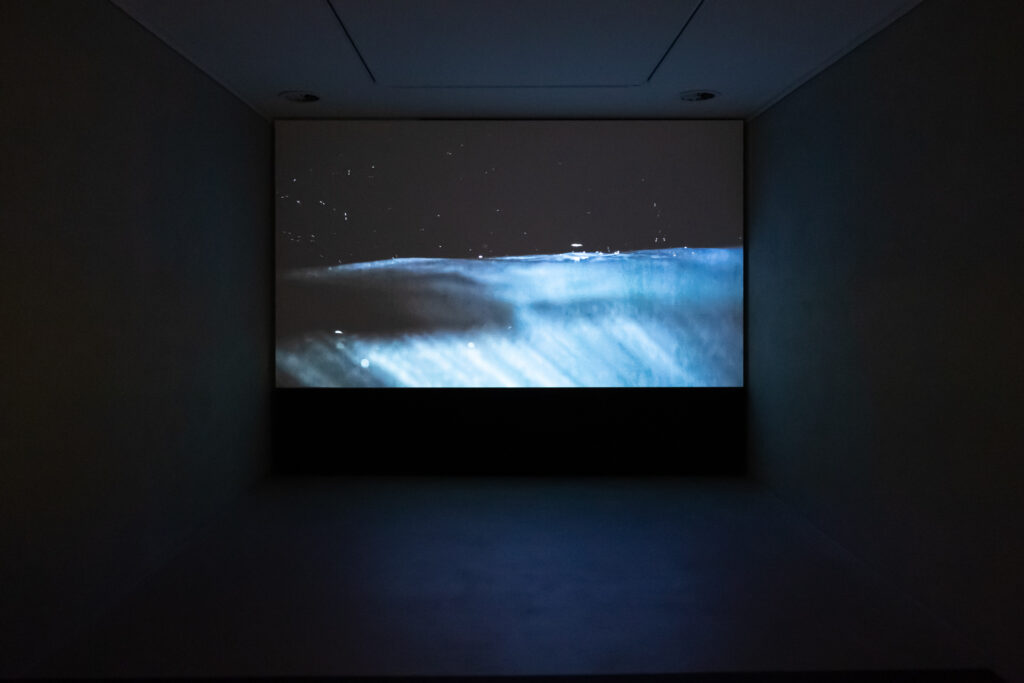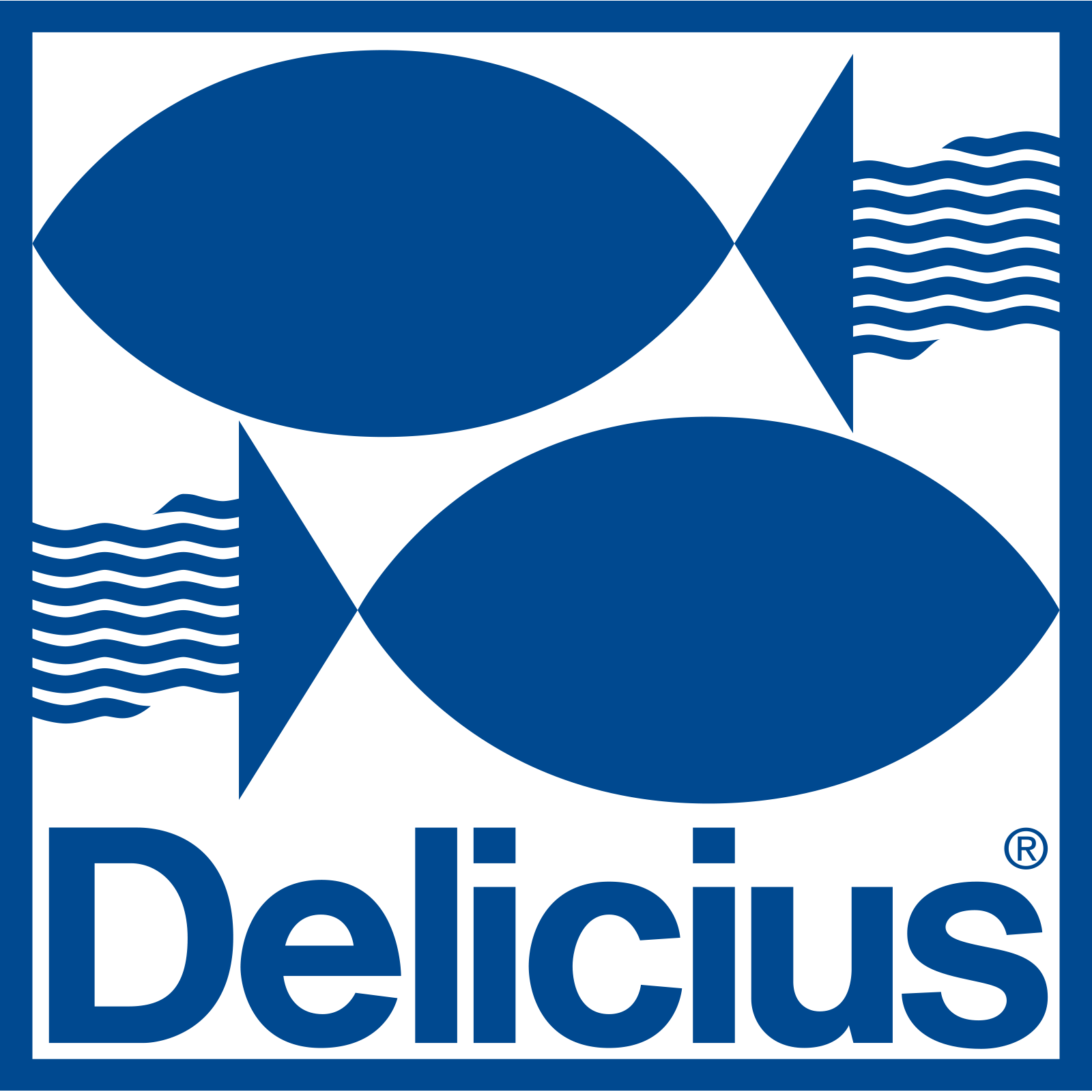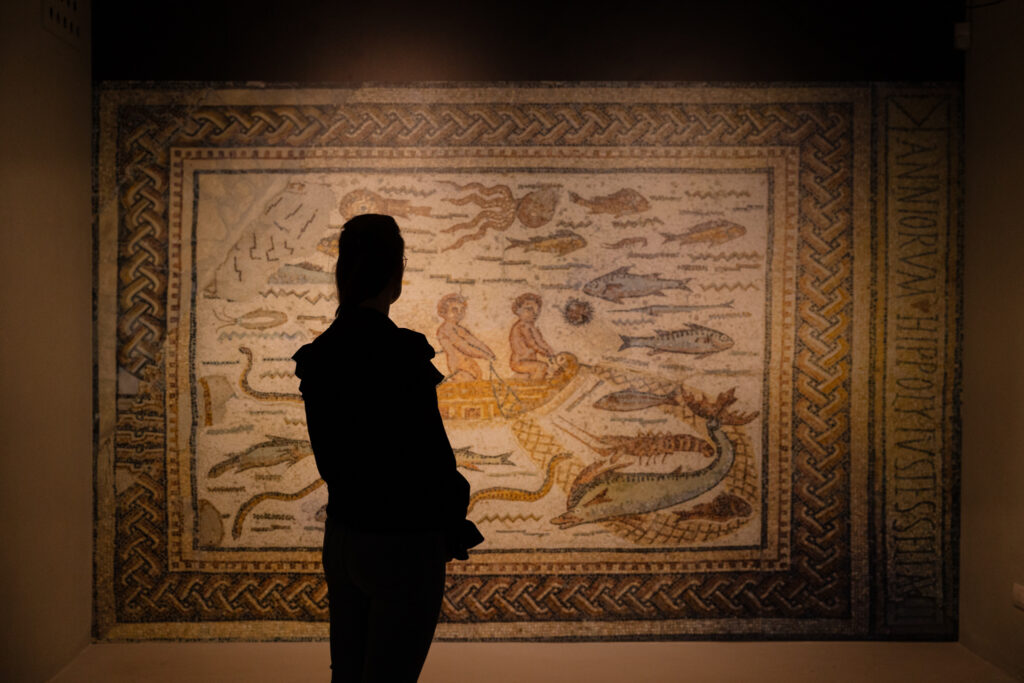
room 7 – ON MOONLESS NIGHTS
The anchovy fishing still occurs during the “dark nights”, the moonless nights, in the months from April to October, as far as the Mediterranean is concerned. Coastal countries determine the months when fishing is permitted and the “closed seasons” when all catching activities are prohibited to allow reproduction and marine repopulation.
It is a traditional fishery, which is carried out with “lampara” fishing boats, which use the light lure to attract anchovies at night and then catch them in large encircling gillnets. It is still a difficult fishery, by no means taken for granted, where the relationship between nature and man – cemented over long nights of waiting – is very strong.
Lampara fishing is a type of fishing defined as selective and respectful of the sea because it does not ruin the seabed, has a low impact on endangered fish species and its preservation is important to keep the sea healthy.
What is often forgotten is that the sea produces about 50 per cent of the oxygen on the planet. Oceans cover 71% of the earth’s surface and absorb 50% of greenhouse gases and carbon dioxide emissions, sequestering much of the heat emitted by the atmosphere.
Today, more than 3 billion people depend on marine and coastal biodiversity for their livelihoods and the FAO has estimated that per capita fish consumption will rise to 21.5 kg in 2030. Unfortunately, years of intensive and illegal fishing have jeopardized the delicate balance of marine species, making it urgent to reflect on the use of this resource in a circular and regenerative manner.
CREDITs
Parete sinistra: Riproduzione di mosaico, Casa di Ippolito, Alcala de Henares.
© Video, Fabio Ferioli
© Fotografie Stanze di Andrea Lops




